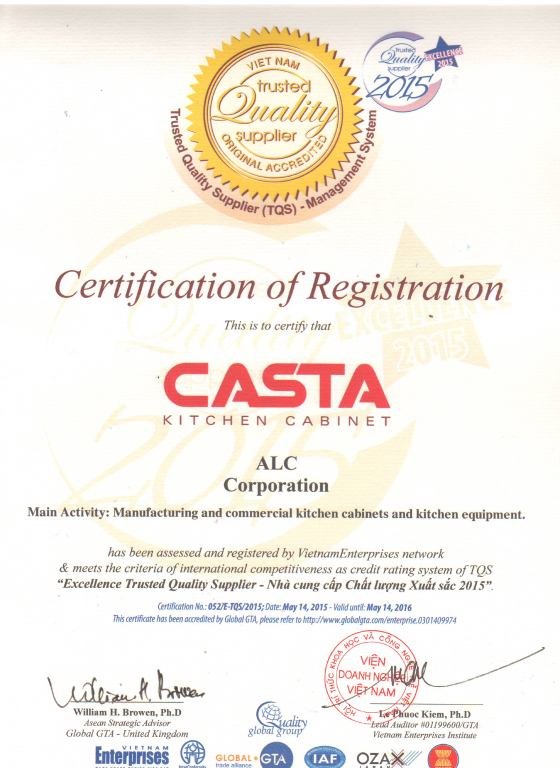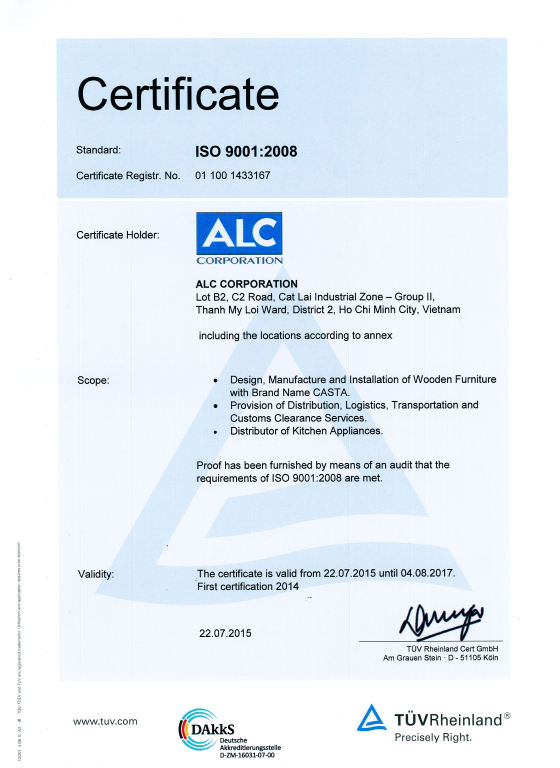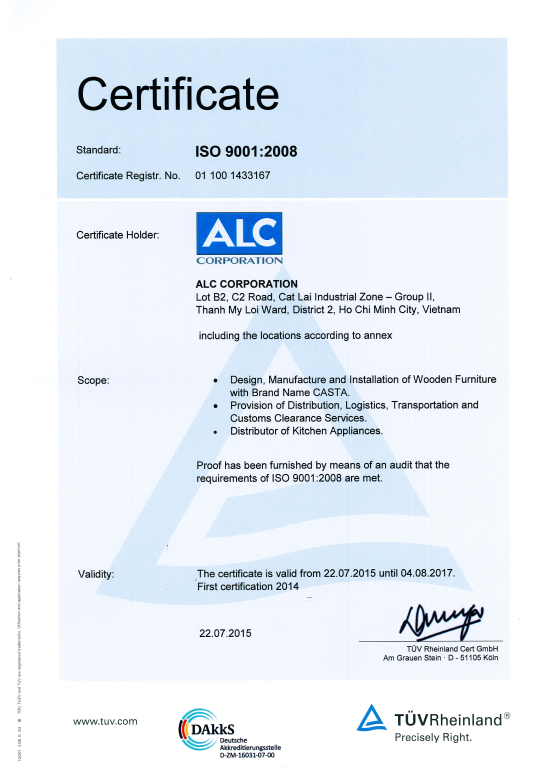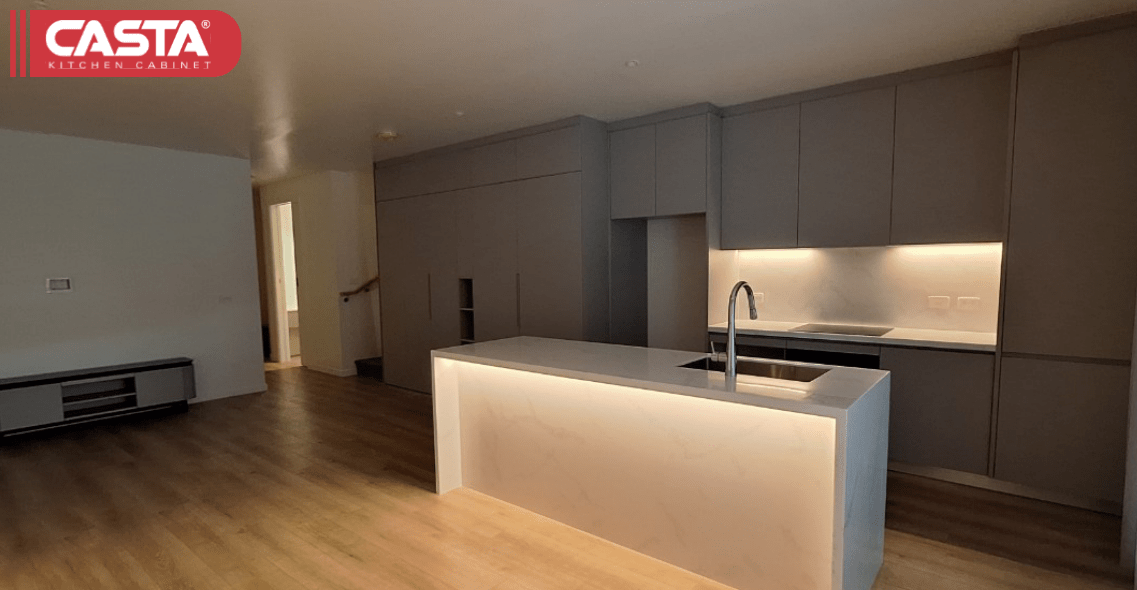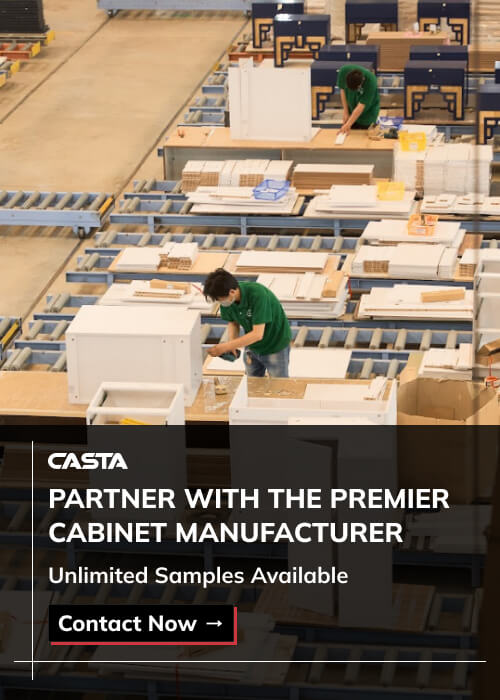In recent years, the role of cabinets for manufactured homes has evolved from basic “builder grade” components into high‑value design features that combine style, durability, and smart integration.
This guide explores the top five trends shaping manufactured‑home cabinetry in 2025, outlines where to buy—from U.S. OEMs to RTA specialists to leading Vietnam OEMs like Casta, and answers common questions to help you choose the best manufactured home cabinets for your project.
Table of Content
1. Trend 1: Ultra‑Modular & Space‑Saving Layouts
In today’s manufactured housing market, every square inch counts — which is why cabinets for manufactured homes are now being designed with ultra‑modular, space‑saving configurations that make the most of compact floor plans. These modern layouts go beyond basic storage, offering flexible components that builders and homeowners can mix and match to meet specific storage, appliance, and style requirements without expanding the kitchen footprint.
Key innovations driving this trend include:
- Pull‑Out & Slide‑Away Drawers: Provide full visibility and easy access to stored items while eliminating wasted space in deep or corner cabinets.
- Corner Solutions: From budget‑friendly Lazy‑Susan turntables to premium swing‑out mechanisms, these maximize hard‑to‑reach areas and improve ergonomic use.
- Vertical Stacking Units: Slim pantry towers and open cubbies allow tall‑item storage while keeping countertops free for cooking and preparation.
- Integrated Appliance Panels: Conceal dishwashers, refrigerators, and microwaves to create a seamless, built‑in aesthetic for kitchen cabinets for manufactured homes.
By embracing modular and space‑saving strategies, manufacturers are creating manufactured home cabinets kitchen solutions that improve storage efficiency, accelerate installation time, and deliver a custom‑built appearance. For builders, this approach means happier homeowners and a stronger resale appeal, while homeowners enjoy a kitchen that looks high‑end and functions flawlessly in a smaller footprint.
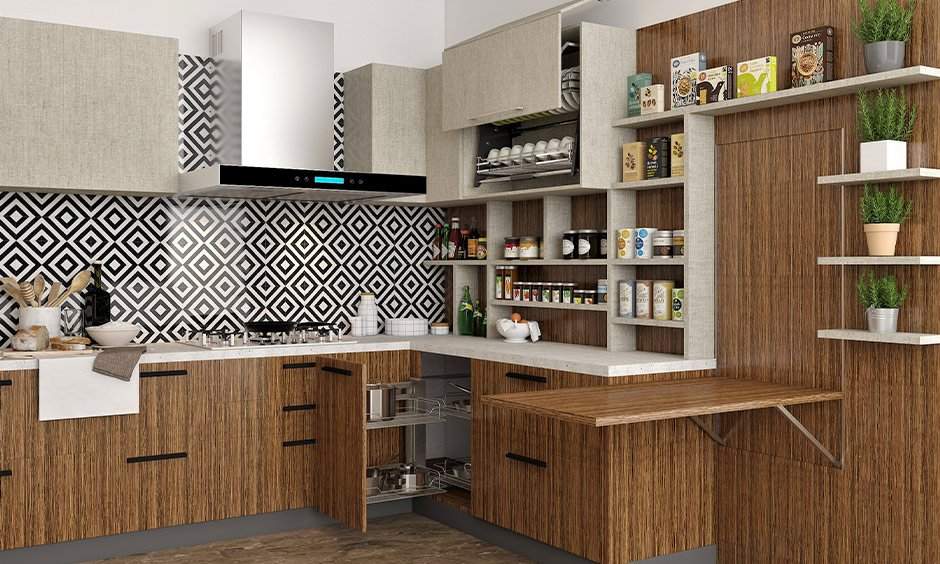
Learn more: Kitchen cabinets for modular homes [Complete Guide]
2. Trend 2: Eco‑Friendly & Health‑Safe Materials
Modern buyers—and in many regions, updated building codes—are raising the bar for cabinets for manufactured homes, demanding that they meet both sustainability goals and strict indoor air quality standards. This shift is driving top furniture and cabinet manufacturers to adopt materials and finishes that are not only durable but also environmentally responsible. By integrating these elements into manufactured home cabinets kitchen designs, builders can meet compliance requirements while appealing to eco‑conscious buyers.
Materials & features to look for:
- Bamboo & Recycled‑Fiber Composites: Bamboo’s rapid renewability and recycled‑fiber boards’ resource efficiency make them ideal for manufactured home cabinets that must balance cost with long‑term performance. These materials are dimensionally stable, moisture‑resistant, and lighter than many solid woods—beneficial for transportation and installation in manufactured housing.
- Low‑VOC Finishes: CARB Phase 2 and E1 compliant coatings drastically limit formaldehyde emissions, improving indoor air quality and reducing health risks for occupants. This is increasingly a non‑negotiable standard for kitchen cabinets for manufactured homes in North America.
- Antimicrobial Coatings: Built‑in surface treatments inhibit the growth of bacteria and mold, making them especially valuable for kitchens and bathrooms where moisture and food preparation increase exposure risks.
- FSC Mix‑Credit Certification: Confirms that all wood products used in manufactured home cabinets come from responsibly managed forests, supporting sustainable forestry initiatives and meeting LEED or similar program requirements.
For contractors and developers, specifying these features in cabinets for manufactured homes is more than just meeting code—it’s an opportunity to differentiate projects in a competitive market. Eco‑friendly and health‑safe cabinetry not only improves resident well‑being but can also enhance resale value, attract sustainability‑minded buyers, and strengthen brand reputation for builders and cabinet brands alike.
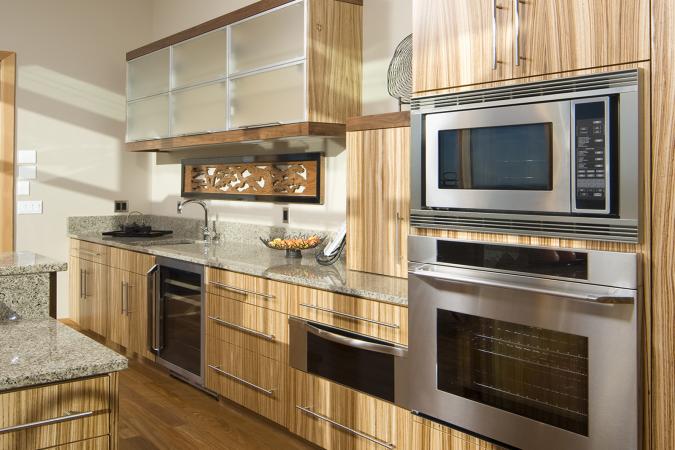
Learn more: What materials of furniture are renewable and sustainable?
3. Trend 3: Smart Features for Compact Kitchens
Advancements in home technology are transforming cabinets for manufactured homes from static storage solutions into interactive, highly functional elements. Once reserved for high‑end site‑built homes, smart features are now becoming common in the manufactured home cabinets kitchen market, adding convenience, safety, and modern appeal without requiring major layout changes.
For builders and developers, these innovations can significantly elevate the perceived value of a manufactured home, making it more competitive in today’s housing market.
Popular smart integrations include:
- Motion‑Sensor LED Lighting: Strategically placed under‑cabinet and toe‑kick illumination enhances visibility for food prep, adds ambient mood lighting, and improves nighttime safety in compact kitchen spaces.
- App‑Controlled Lift‑Up Doors: Servo‑driven upper cabinets that open or close with a smartphone or voice command, improving accessibility, especially important in tighter kitchen cabinets for manufactured homes, where swing‑out doors can block pathways.
- Integrated Charging Drawers: Concealed USB and wireless charging stations keep counters clutter‑free while ensuring devices remain powered, a sought‑after feature for modern homeowners.
- RFID/Bluetooth Cabinet Locks: Offer discreet, secure storage for valuables, medications, or hazardous cleaning supplies—an added safety measure for families.
These features enable manufactured home cabinets to deliver a user experience comparable to that of high-end custom kitchens, while maintaining the space efficiency and budget control essential for manufactured housing. By incorporating even one or two of these smart upgrades, contractors can differentiate their projects and create kitchens that feel both modern and future‑ready.
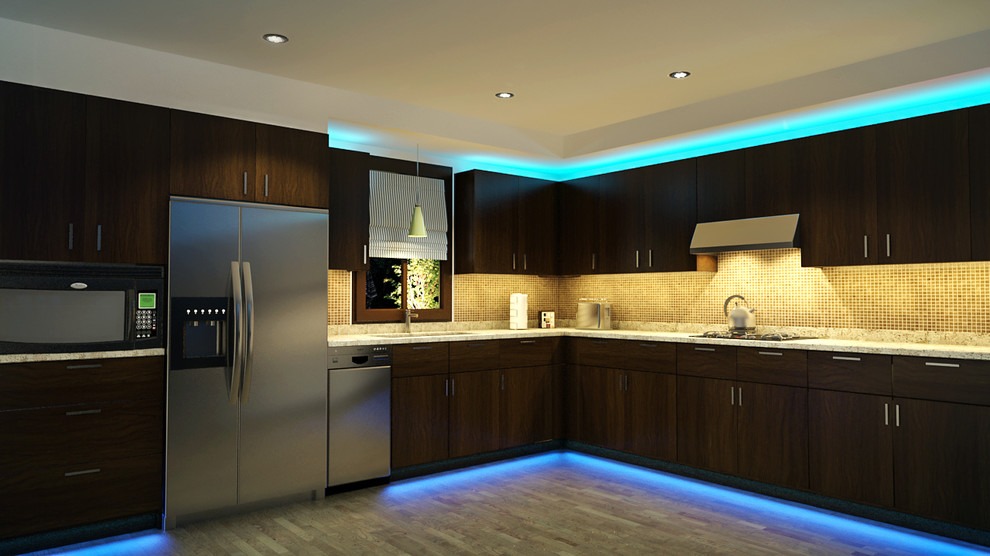
Learn more: Best Space-Saving Cabinet Solutions: Lazy Susan, Pull-out, Lift-up (smart cabinets)
4. Trend 4: Custom Finishes & Personalization
Today’s buyers expect cabinets for manufactured homes to reflect their style just as much as those in traditional site‑built properties. The era of “one‑finish‑fits‑all” is over, and both OEMs and RTA suppliers are expanding their catalogs to include a broader palette of colors, textures, and material combinations. This shift allows manufactured home cabinets kitchen designs to cater to a variety of tastes—whether the goal is a sleek, modern aesthetic or a warm, rustic charm—while still meeting the functional demands of manufactured housing.
Current finish trends include:
- Matte & Textured Lacquers: Ideal for hiding fingerprints and minor surface imperfections while adding a soft, contemporary touch. Perfect for busy households looking for low‑maintenance kitchen cabinets for manufactured homes.
- High‑Gloss UV Paints: Reflective, durable finishes that brighten small kitchens and create a polished, upscale look without sacrificing durability.
- Two‑Tone Combinations: Mixing contrasting colors for upper and lower cabinets adds visual interest and depth, making compact kitchens feel more dynamic.
- Glass Inserts with LED Lighting: Frosted or reeded glass panels, paired with integrated LED strips, create elegant display areas while maintaining functionality.
By offering more customization options, manufacturers give both contractors and homeowners the flexibility to design manufactured home cabinets that truly stand out. This personalization not only enhances the visual appeal but can also improve perceived value, making the home more attractive to potential buyers and boosting resale potential.
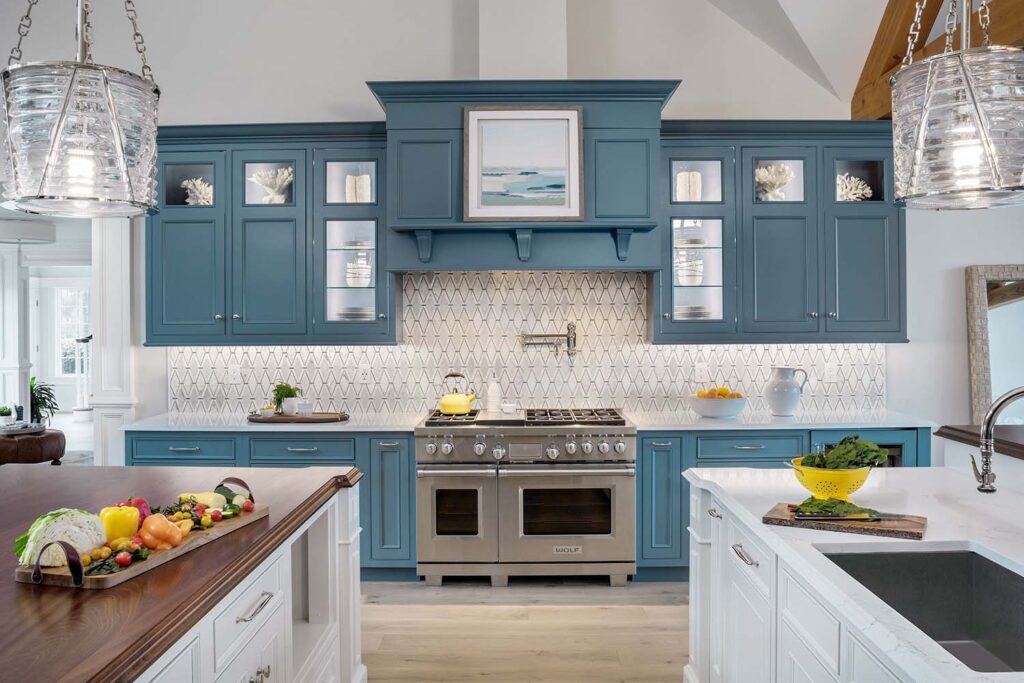
5. Trend 5: Rapid, Flexible Manufacturing Models
In the competitive housing market, speed and adaptability have become crucial for delivering cabinets for manufactured homes—especially for multi-unit projects, where meeting tight construction schedules can make or break profitability. Modern manufacturing methods now allow suppliers to produce manufactured home cabinets kitchen solutions faster, with greater precision, and in a wider range of styles than ever before. This flexibility benefits both large‑scale developers and small contractors, ensuring projects stay on budget and on time without compromising quality.
What’s driving faster delivery:
- European‑Grade CNC Precision: Advanced machinery with ±0.1 mm tolerances, now widely used by top Vietnam OEMs, ensures that every component of kitchen cabinets for manufactured homes fits perfectly, reducing on‑site adjustments and installation delays.
- Automated Edge Banding: PUR and laser edge‑banding systems create seamless, moisture‑resistant finishes that extend product life—especially important in high‑use kitchens.
- RTA Flat‑Pack Kits: Ready‑to‑assemble designs lower shipping volume, reduce freight costs, and enable faster on‑site assembly, a major advantage for manufactured home communities.
- CAD/BIM On‑Demand Design: Offering 3–5 digital design iterations before production begins eliminates costly errors, ensures accurate fit, and allows customization even under tight timelines.
By adopting these rapid and flexible production methods, leading manufacturers are setting new standards for manufactured home cabinets supply. Builders and brands gain the ability to respond quickly to market demands, customize efficiently, and maintain consistent quality—helping them deliver homes that are move‑in ready faster than ever.
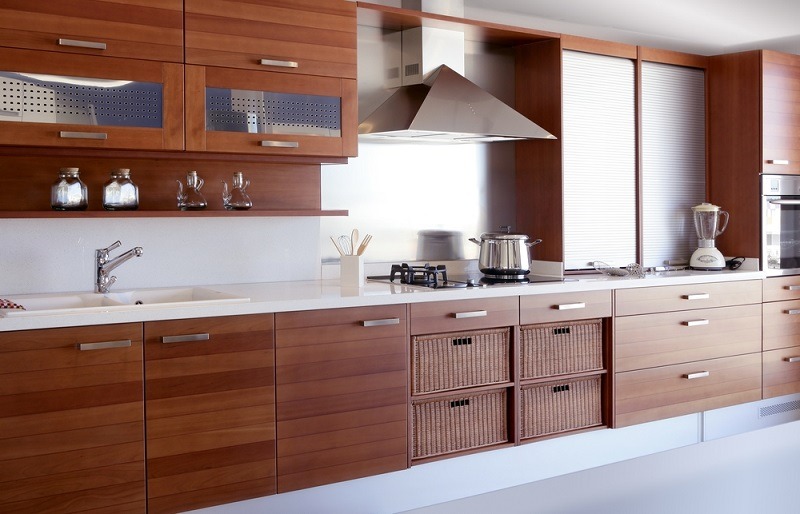
6. Where to Buy Next‑Gen Manufactured‑Home Cabinets
Choosing the right supplier for cabinets for manufactured homes is no longer just about price—it’s about finding the perfect balance between lead time, quality, customization, and long‑term support. With growing demand for manufactured home cabinets kitchen solutions that rival site‑built properties, contractors and developers now have three main sourcing paths: domestic U.S. OEMs, RTA specialists, and high‑capacity overseas OEMs such as Vietnam’s Casta. Each option comes with its own advantages and trade‑offs, so understanding these differences is essential for hitting both your design and budget targets.
6.1 U.S. OEMs
- Lead Time: 2–4 weeks for stocked models, 6–8 weeks for semi‑custom builds. This makes them an excellent choice when timelines are tight.
- MOQ: Around 50 kitchens per order, ideal for regional manufactured‑home community builds.
- Strengths: Fast delivery, strong manufacturer warranties, and reliable local service teams who can address issues on‑site without long delays.
- Limitations: Per‑unit costs tend to be higher than overseas suppliers, which can reduce profit margins for large‑scale kitchen cabinets for manufactured homes projects.
6.2 RTA Specialists
- Lead Time: Immediate availability for stocked modules, allowing same‑week installation in some cases—especially valuable for quick‑turn remodels or inventory homes.
- MOQ: No minimum order quantity for standard modules, offering maximum flexibility for phased or smaller developments.
- Strengths: Budget‑friendly pricing, fast fulfillment, and the ability to mix and match orders to suit varying unit types.
- Limitations: More limited selection of finishes, door styles, and hardware options, which can restrict design freedom in high‑end manufactured home cabinets projects.
6.3 Vietnam‑Based OEM – Casta
- Lead Time: 30–45 days port‑to‑door, including customs clearance and inland delivery in the U.S.
- MOQ: 20 kitchen sets, making it feasible for both medium‑scale and large‑scale multi‑unit projects.
- USP: Precision manufacturing with ±0.1 mm CNC tolerances, CARB P2/FSC/E1 certifications, and AD/CVD duty exemption for U.S. imports. This often delivers a 25–40% landed‑cost savings over domestic manufacturing while maintaining equal or superior quality.
- Ordering Process: Dimensional samples shipped in 5–7 days for evaluation, followed by 3–5 CAD/BIM design revisions before production to ensure exact specifications.
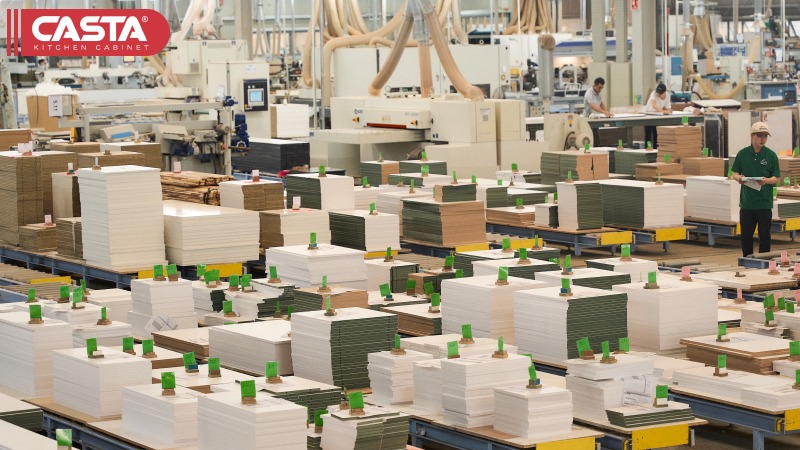
Comparison Table:
| Supplier Type | Lead Time | MOQ | Certifications | Cost Advantage vs. U.S. | Best For |
| U.S. OEM | 2–8 weeks | 50+ | KCMA, CARB P2 | — | Domestic fast‑turn projects needing reliable after‑sales service |
| RTA Specialist | Immediate | 0 | CARB P2 | 10–15% | Small/budget builds, phased community rollouts |
| Casta (Vietnam) | 30–45 days | 20 | CARB P2, FSC, E1 | 25–40% | Large multi‑unit or custom manufactured home cabinets projects |
By clearly evaluating these supplier categories, you can align your sourcing strategy with your project’s scale, timeline, and design vision. Whether you prioritize the speed of a U.S. OEM, the flexibility of an RTA specialist, or the cost savings and precision of a Vietnam OEM like Casta, the right choice will help you deliver cabinets for manufactured homes that combine efficiency, quality, and market appeal.
7. Case Study: Gravity Modular Homes by Casta
The Gravity Modular Homes development in Columbus, OH is a prime example of how precision manufacturing can elevate cabinets for manufactured homes beyond basic functionality. This large‑scale modular‑home community required 234 complete kitchens, each designed to meet higher standards of style, durability, and efficiency than traditional builder‑grade options.
Innovations Used
Casta supplied thermofoil RTA (ready‑to‑assemble) doors for a sleek, low‑maintenance finish; LED toe‑kick lighting to improve safety and ambiance; bamboo‑composite cores for strength and sustainability; and app‑controlled lift mechanisms for easy access to upper cabinets. These features provided homeowners with a premium feel without compromising on budget or project timelines.
Lead Time & Production Efficiency
All 234 kitchens were produced and shipped port‑to‑door in just 38 days. This speed was made possible by Casta’s ±0.1 mm CNC precision, 90% automated production lines, and expertise as a leading furniture manufacturer in Vietnam specializing in manufactured home cabinets kitchen solutions.
Learn more: Lead Times & Supply Chain Resilience: Navigating Potential Disruptions
Project Results
- 30% Faster Installation: Pre‑engineered RTA design reduced on‑site assembly time, enabling crews to complete more units per day.
- 28% Cost Savings: Compared to sourcing domestically, this approach lowered total cabinet costs significantly while maintaining high quality.
- <1% Defect Rate: Rigorous quality control minimized post‑handover service calls, saving both time and money for the builder.
This case highlights how a well‑chosen overseas partner like Casta can combine cost efficiency, rapid delivery, and advanced customization to deliver kitchen cabinets for manufactured homes at a scale and quality level that rivals high‑end site‑built projects.
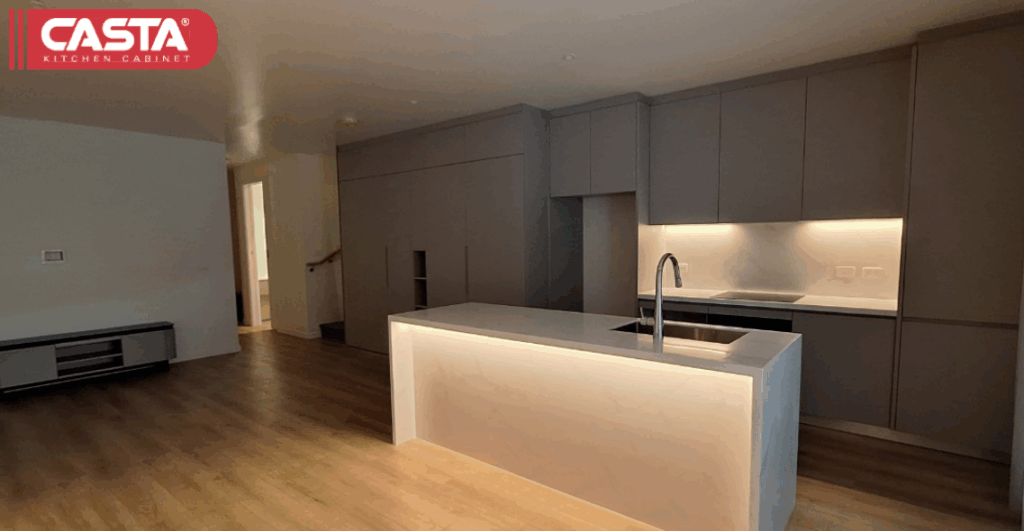
Learn more: Casta’s outstanding international projects
8. Implementation Guide: Bringing Trends to Your Project
Turning the latest innovations into reality for your cabinets for manufactured homes requires a clear, organized process. By following these steps, contractors, cabinet brands, and developers can ensure that every kitchen meets both functional and aesthetic expectations while staying on budget and on schedule.
Step 1: Space Audit
Begin by taking precise measurements of each kitchen footprint, including appliance clearances, plumbing, and electrical points. For manufactured home cabinets kitchen projects, even a small error in measurement can cause costly delays, especially when working with pre‑engineered or modular units.
Step 2: Select Trends & Suppliers
Align your design vision with the right sourcing path—whether it’s a domestic U.S. OEM for fast turnaround, an RTA specialist for budget flexibility, or a Vietnam OEM like Casta for high‑volume, precision‑made kitchen cabinets for manufactured homes with a 25–40% cost advantage. Consider which trends—such as space‑saving layouts, eco‑friendly materials, or smart features—fit your market segment and budget.
Step 3: Prototype & Validate
Request product samples, door style mock‑ups, or even small‑batch trial runs. Test finishes, hardware quality, and smart integrations in a real‑world setting to ensure the manufactured home cabinets meet both durability and design requirements before committing to a full order.
Step 4: Finalize & Produce
Once the prototypes are approved, review CAD/BIM files for every layout, verify all certifications (CARB P2, FSC, E1), and confirm delivery schedules. Locking these details in upfront ensures a smooth production run and timely delivery of your cabinets for manufactured homes without last‑minute surprises.
9. Final Take: Why Choosing the Right Cabinets for Manufactured Homes Delivers Lasting Value
The evolution of cabinets for manufactured homes has transformed them from basic storage into a defining feature that influences both functionality and market appeal. With trends like ultra‑modular layouts, eco‑friendly materials, smart features, and rapid manufacturing, today’s manufactured home cabinets kitchen solutions can match or exceed the quality of those in high‑end site‑built homes.
By carefully choosing the right supplier—whether a fast‑turn U.S. OEM, a flexible RTA provider, or a precision‑driven Vietnam OEM like Casta—builders and brands can achieve the perfect balance of cost, quality, and customization. The result is kitchen cabinets for manufactured homes that not only meet today’s design and durability demands but also deliver measurable ROI, faster installations, and long‑term homeowner satisfaction.
10. FAQ: Next‑Gen Manufactured‑Home Cabinets
Can I mix assembled and RTA modules in one project?
How do I ensure AD/CVD exemptions apply?
Which certification ensures moisture resistance?
What’s the turnaround for BIM revisions?
How are smart features added without rewiring?
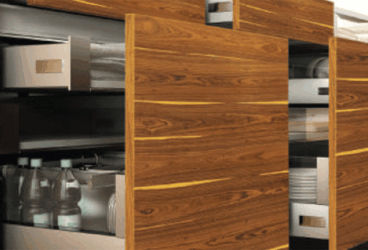
MDF vs Plywood for Kitchen Cabinets – Which is Better?...
MDF vs Plywood for kitchen cabinets is one of the most important decisions contractors and furniture brands must make wh...
11/14/2025 | David Nguyen
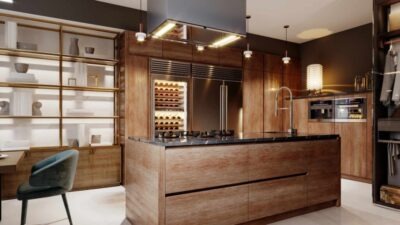
Plywood Kitchen Cabinets: Pros and Cons Explained for Contra...
Plywood kitchen cabinets are now one of the most preferred options in modern kitchen manufacturing, combining durability...
11/12/2025 | David Nguyen
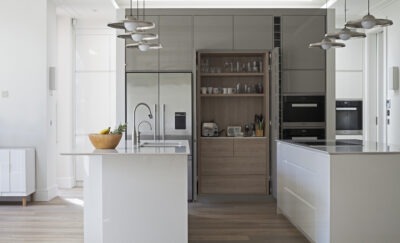
Best Italian Kitchen Cabinets: Modern Design, Precision Craf...
Italian kitchen cabinets represent the gold standard in modern kitchen design — celebrated for their craftsmanship, slee...
10/29/2025 | David Nguyen
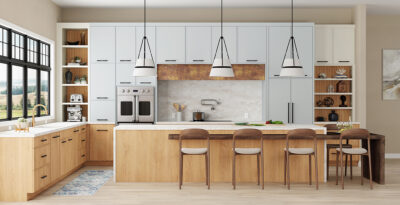
European vs American Kitchen Cabinets: Key Differences &...
European vs American kitchen cabinets is a core decision for anyone specifying cabinetry for modern buildings or homes. ...
10/27/2025 | David Nguyen
Contact us
Casta is always ready to listen and answer all customers' questions
